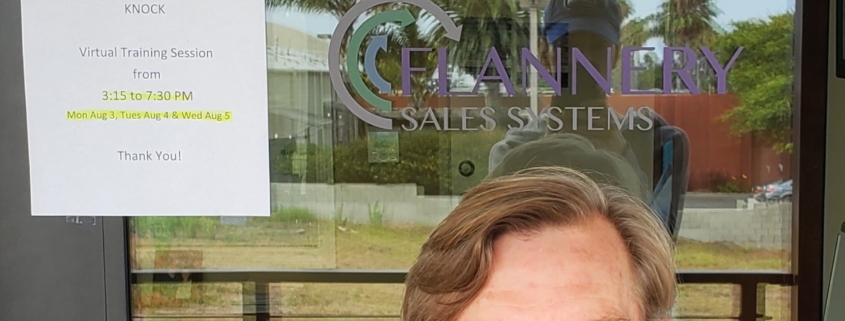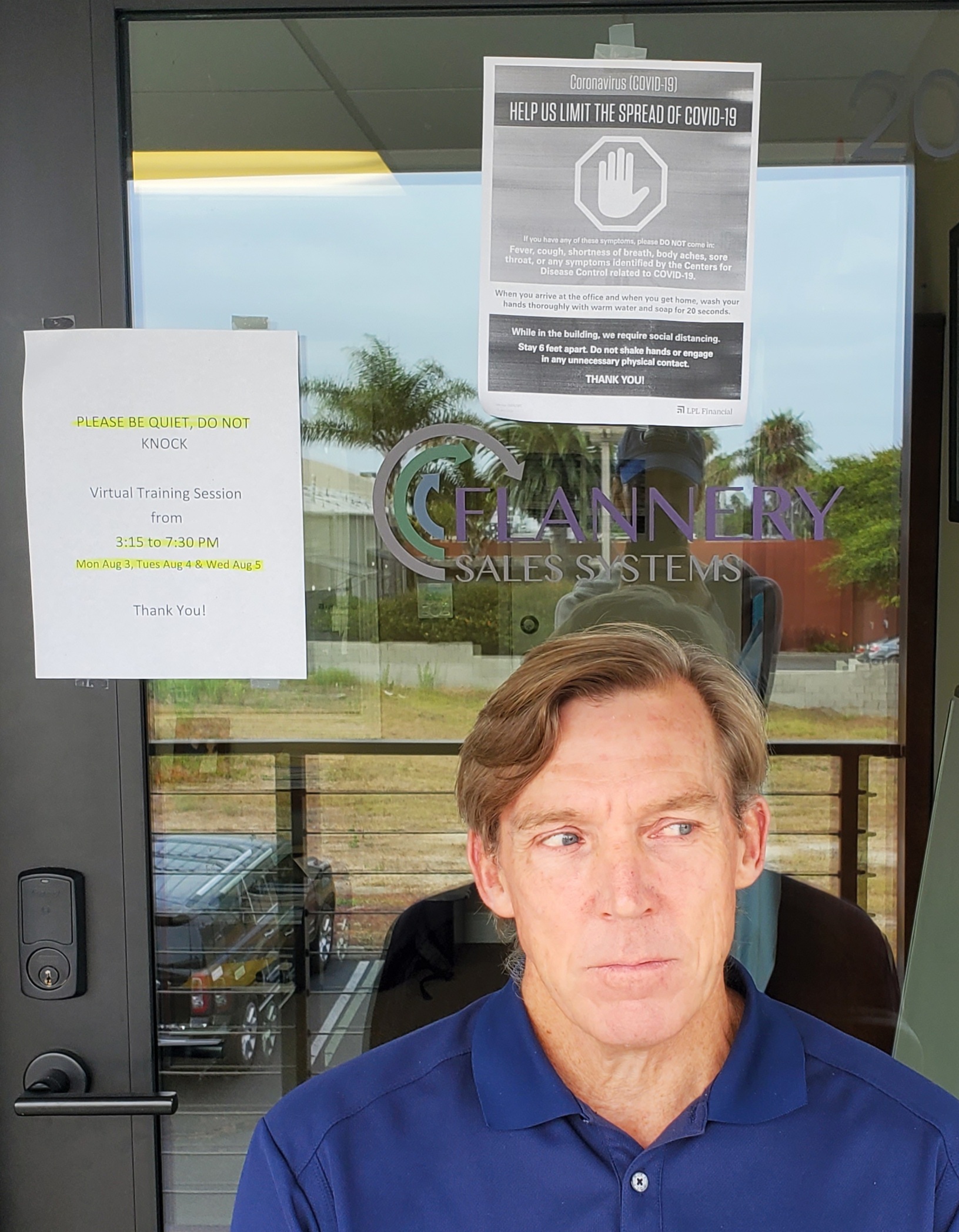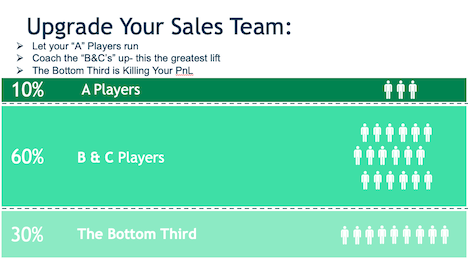 This guest article was written by Chris Bullick. Chris is a Principal Consultant who is the Creator of the Sales Diagnostic Questionnaire (“SDQ”), he provides analysis and strategy for go to market strategies, corporate messaging, pipeline metrics, relationship building and winning presentations.
This guest article was written by Chris Bullick. Chris is a Principal Consultant who is the Creator of the Sales Diagnostic Questionnaire (“SDQ”), he provides analysis and strategy for go to market strategies, corporate messaging, pipeline metrics, relationship building and winning presentations.
I was speaking with a wildly successful colleague recently and she relayed the story of her latest accomplishment. The company she was selling to was not necessarily in buying mode. They reached out to a few vendors to conduct general capabilities presentations. She had never met the buyer.
My friend’s presentation blew the
doors off the buyer. The buyer
immediately put the wheels in motion to contract with my friend’s company to
provide services to his and they
never talked price until the actual closing.
When I asked my friend what did
the trick, she said her team prepared as if it was biggest and most important
finalist presentation they had ever participated in.
Best Practice: Treat every
meeting like a finalist presentation.
Learn how to prepare for the big day.
She brought the team who would
service the account, the potential account manager, a regional executive and a
video from her company’s CEO imbedded into her PowerPoint that was customized
for the prospect. She noted that her
biggest competitor was presenting right after her. They sent one person and she learned later
that their presentation was a generic one-page marketing piece.
Best Practice: Bring the team. It’s great practice for those who are not in
front of customers every day. If you
don’t win, you still may be setting the table for the future with that
prospect. Learn how to get your whole team comfortable presenting.
Imagine that! Allocating resources full bore on a deal with
a low probability of success. Do other
organizations do that? The answer is not
many. A lot of organizations handicap
themselves out of deals. They look in
their CRM and see that they have tried to sell to that buyer in the past
without success. They think the buyer is
just kicking tires or leveraging them on price.
Another great excuse is they haven’t met the buyer yet. They place a low percentage of winning in the
CRM.
The organizations that handicap
themselves will not allocate resources on a low percentage deal. They will tell their sales people not to
spend so much time on a deal like that, don’t burden marketing, don’t take
anyone important and use generic marketing materials. In doing so, they take the passion, urgency,
energy and enthusiasm out of the deal.
They have set themselves up to fail.
Best Practice: Don’t skimp on
preparation and resources. Learn how to prepare the right way and bring the
right resources to every meeting.
Winning companies tell their
sales people to jump in with both feet.
It’s alright to drop everything, muster your resources, and prepare with
a mindset that you are winning the business right then and there. When you present with conviction and purpose
it reveals your company’s attention to detail, planning and execution.






 This guest article was written by Chris Bullick. Chris is a Principal Consultant who is the Creator of the Sales Diagnostic Questionnaire (“SDQ”), he provides analysis and strategy for go to market strategies, corporate messaging, pipeline metrics, relationship building and winning presentations.
This guest article was written by Chris Bullick. Chris is a Principal Consultant who is the Creator of the Sales Diagnostic Questionnaire (“SDQ”), he provides analysis and strategy for go to market strategies, corporate messaging, pipeline metrics, relationship building and winning presentations.


 When we are working with a new customer, we want to get a self-assessment of the teams’ selling skills. The simple purpose of creating, delivering, and implementing a
When we are working with a new customer, we want to get a self-assessment of the teams’ selling skills. The simple purpose of creating, delivering, and implementing a 